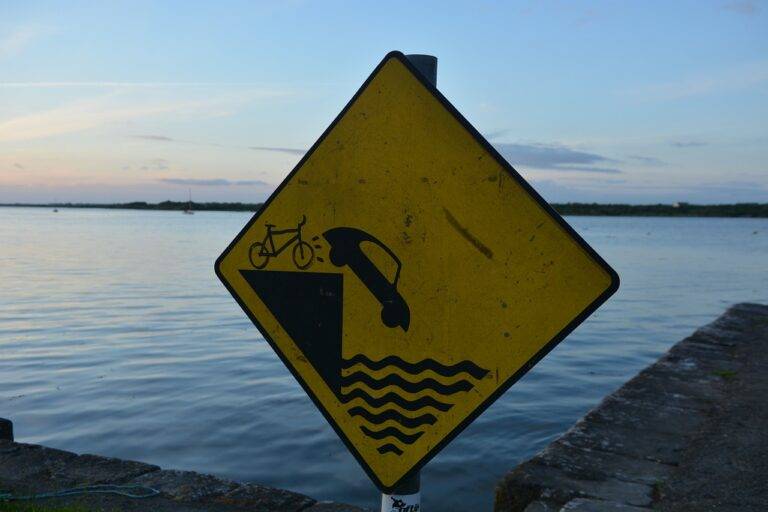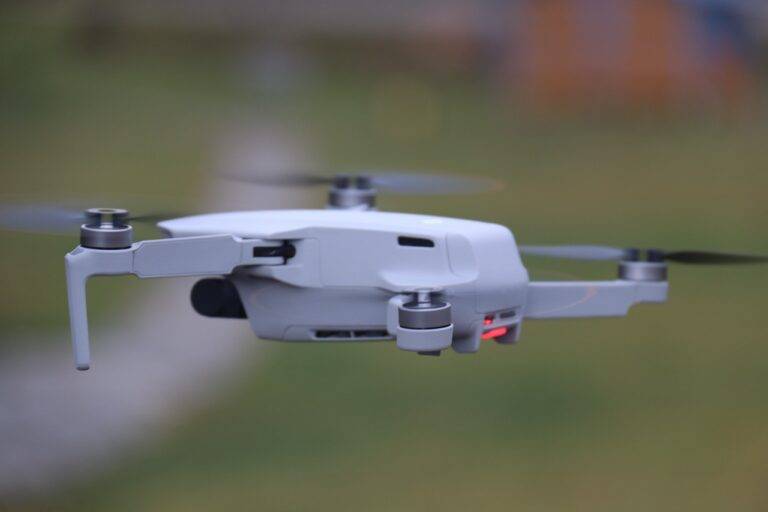Tech and Sustainability: New Approaches and Solutions
Technology and sustainability often seem like two sides of the same coin, yet marrying them together seamlessly presents numerous hurdles. The fast-paced nature of technological advancements can clash with the slow and deliberate pace required for sustainable practices. This misalignment can create challenges in integrating new tech solutions without compromising long-term sustainability goals.
Moreover, the complex web of stakeholders involved in technology and sustainability initiatives can lead to conflicting objectives and priorities. Balancing the needs and expectations of diverse parties, from tech developers to environmental advocates, requires adept navigation and compromise. Clear communication and collaboration are essential in addressing these challenges to ensure that technology and sustainability can work harmoniously towards a more sustainable future.
Impact of Tech-Driven Solutions on Environmental Conservation
In today’s rapidly evolving world, technology has become a pivotal tool in addressing environmental challenges. With advancements in artificial intelligence, big data analytics, and Internet of Things (IoT), tech-driven solutions are revolutionizing the way we approach environmental conservation. These innovations have not only enhanced our capacity to monitor and manage resources but have also opened up new avenues for sustainable practices.
From precision agriculture techniques that optimize resource utilization to smart energy grids that promote efficient energy consumption, technology is reshaping our approach to environmental conservation. By leveraging sensor technologies and real-time data, conservationists can now track wildlife movements, monitor deforestation, and even predict natural disasters with greater accuracy. As these tech-driven solutions continue to evolve, the potential for their impact on environmental sustainability is vast.
What are some examples of tech-driven solutions that have had a positive impact on environmental conservation?
Some examples include the use of drones for monitoring wildlife populations, satellite imaging for tracking deforestation, and renewable energy technologies like solar panels and wind turbines.
What are some challenges in combining technology and sustainability?
Some challenges include the high cost of implementing tech-driven solutions, the need for ongoing maintenance and upgrades, and the potential for unintended consequences on the environment.
How can individuals contribute to environmental conservation using technology?
Individuals can contribute by using energy-efficient appliances, supporting companies that prioritize sustainability, and using apps to track their carbon footprint and make more environmentally-friendly choices.
How can businesses benefit from implementing tech-driven solutions for environmental conservation?
Businesses can benefit by reducing their environmental impact, improving their public image, and potentially saving money in the long run through increased efficiency and reduced waste.





